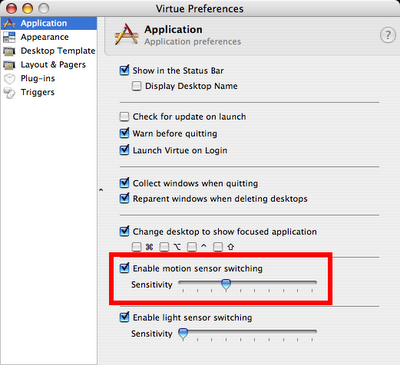Socrates and his teachings
Socrates said that good looks and proper bearing pave way for a man's political prospects. Though originally stated in the context of contemporary politics, the statement stands true when generalized to the social setup of current times. Simply stating, good looks and proper bearing pave way for a man's social prospects in current times.
Socrates taught by asking a series of questions - one question leading to another. This is branded as "Socratic method of teaching". Some people also call it the "Didactic" method of teaching. The questions asked cause one to explore his beliefs and knowledge, thereby eliminating doubts in small steps. This is a negative method of hypothesis elimination where you strive to gain knowledge by removing your doubts, rather than gaining "knowledge" as it is. The latter could be equivalent to spoon-feeding sometimes.
Socrates said that wisdom is limited to our own ignorance - the more we learn about ignorance, the more knowledgeable we will be. This again propounds the philosophy of learning by elimination of doubts.
Socrates was against the pursuit of material wealth (e.g. money and leisurely comforts) and spent his life like an ascetic - though sometimes he was mistaken for a madman. This "renunciation" of worldly pleasures goes in line with some of the Oriental philosophies, but renunciation in the West was perhaps never popular, other than Socrates.
We should concentrate more on "friendship" and "community" rather than pursuit of material wealth. Friends and family are our real bank-balance.
Socrates could feel a "daemonic" voice inside him whenever he was about to make mistakes. He was able to recognize this voice, and take necessary actions to prevent himself from making mistakes. This is sometimes described as a synonym of "intuition", but some of Plato's writings suggest it's a slightly different form of intuition in the sense that Socratic Daemonic Voice principle incorporates more spirituality and philosophy than simply acting on natural patterns. It is possible to cultivate your skills to listen to the Daemonic Voice, so that you can reduce the chances of making a mistake, or perhaps eliminate them altogether.
Socrates considered "creativity" a form of "divine insanity" which is a gift from God, that makes us to write poetry, fall in love, and think about the meaning of life. This is in line with one of Gandhi's sayings that "Freedom is not worth having if it does not include the freedom to make mistakes." In fact, making mistakes is sometimes deemed essential so that you can identify the factors that caused the mistakes, learn from them, and thereby move one step closer to knowledge.
Socrates placed heavy reliance on remembering as a method of learning, in addition to thinking and analysis.
Summary: It is important for a man to have good looks and proper bearing to succeed in his social-political ambitions. One can improve himself by making mistakes, and learning from his mistakes. The lessons learnt must be remembered for a long time. The best way to live is to pursue knowledge rather than material comforts. In order to reduce mistakes, one must learn to listen to the Daemonic Voice that propels us to make mistakes. Your people around you are your real strength. There's nothing wrong in being wrong as long as you're able to correct yourself next time. Asking questions is an integral component of learning, and one must never be afraid of asking questions.




















 RSS
RSS








